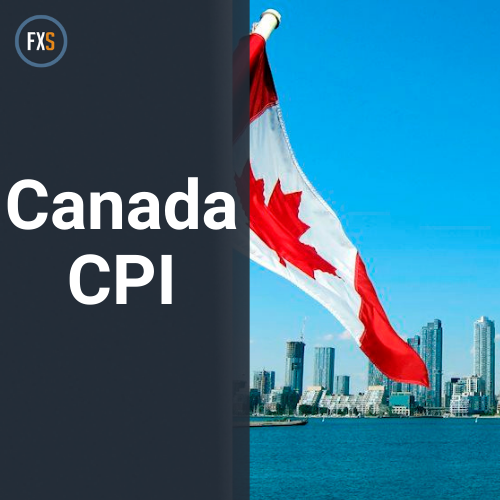The Canadian Consumer Price Index is expected to lose further traction in August, with Statistics Canada set to release the latest inflation data on Tuesday. Projections indicate a continuation of disinflationary trends in both the headline and core CPI. The Bank of Canada (BoC) has already reduced its policy rate by 75 bps this year, and the Canadian Dollar appears to be entering a consolidative phase.
The upcoming release of the inflation data will provide insights into the health of the Canadian economy and could impact the Canadian Dollar in the near term. Analysts expect price pressure in Canada to continue their downward trend in August, although they are likely to remain above the Bank of Canada’s target. The BoC’s easing cycle is expected to remain unchanged as a result of these trends.
BoC Governor Tiff Macklem has emphasized the challenges posed by global trade disruptions on inflation and the need to balance rising prices with economic growth. Macklem highlighted the potential impact of supply shocks on inflation and mentioned that trade disruptions could lead to larger deviations from the 2% inflation target. The Bank of Canada is focusing on risk management to navigate these challenges and better understand global supply chains.
Canada’s July CPI data release on Tuesday will play a significant role in shaping expectations for the Bank of Canada’s monetary policy. The reaction of the Canadian Dollar following the release will largely depend on how the data impacts market expectations. Unless there are significant surprises, the BoC is anticipated to maintain its current easing approach.
The FX market has seen the Canadian Dollar remain below 1.3600, with key levels around the 200-day SMA. The currency has been rangebound, with temporary peaks recorded in September. Analysts point to potential support and resistance levels for the USD/CAD pair, highlighting factors such as the 200-day SMA and key resistance levels.
Inflation data such as the Consumer Price Index plays a crucial role in determining the health of an economy and can influence central bank policies. Core inflation figures, which exclude volatile elements, are closely monitored by economists and central banks aiming to keep inflation at manageable levels. While high inflation can lead to stronger currencies due to higher interest rates, lower inflation tends to have the opposite effect.











